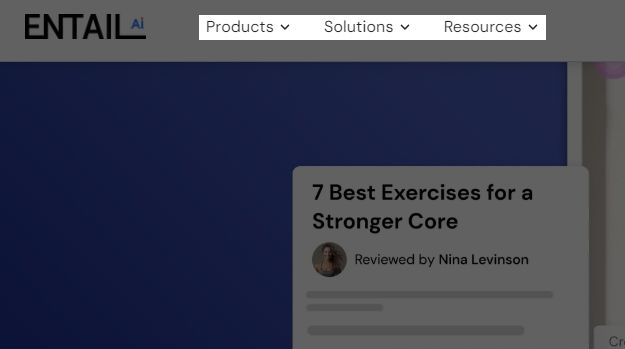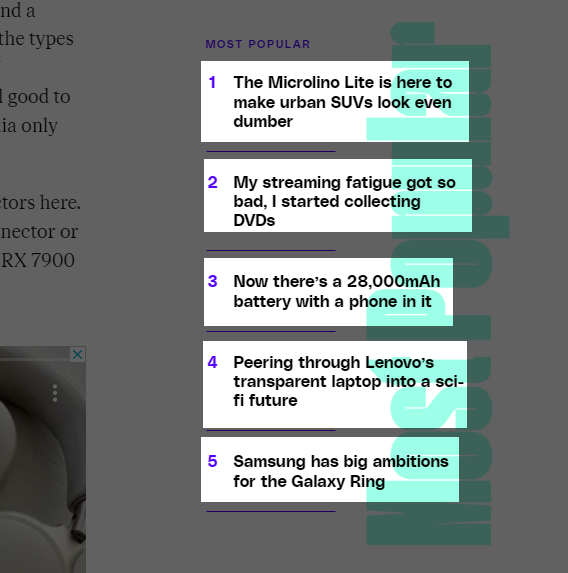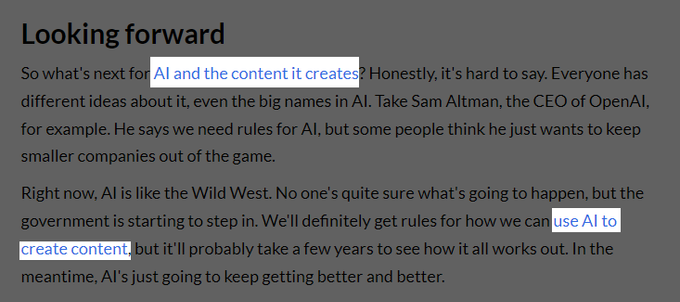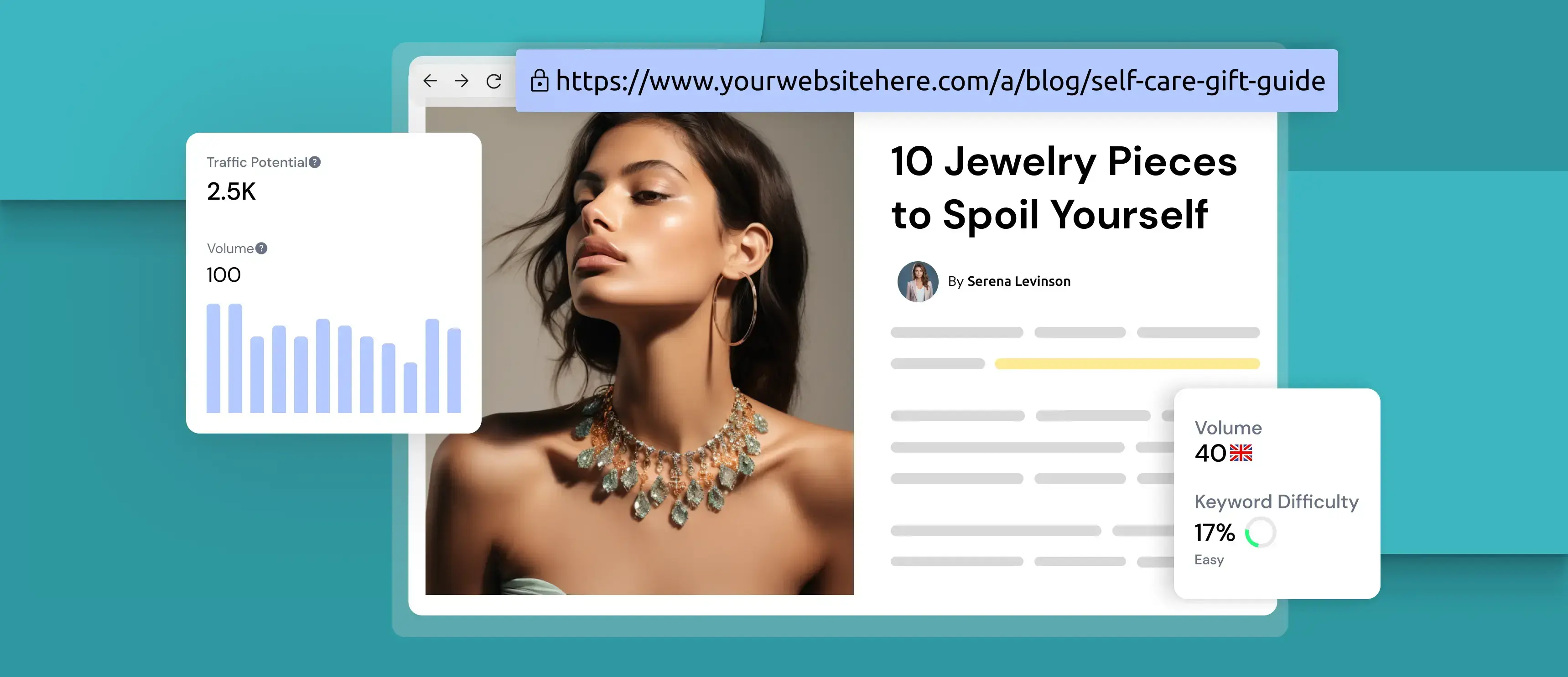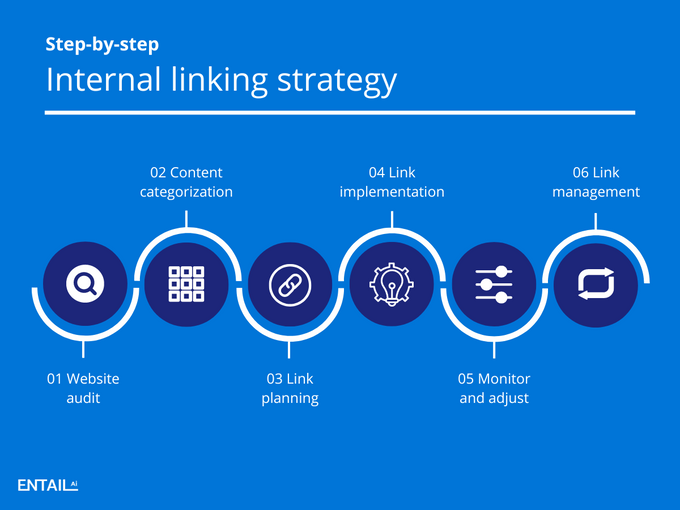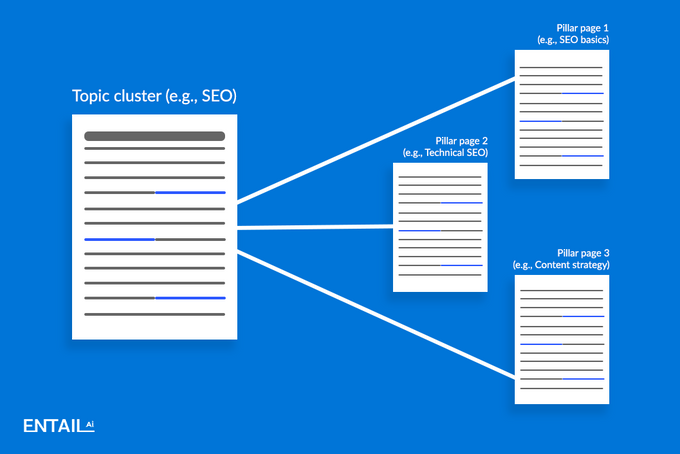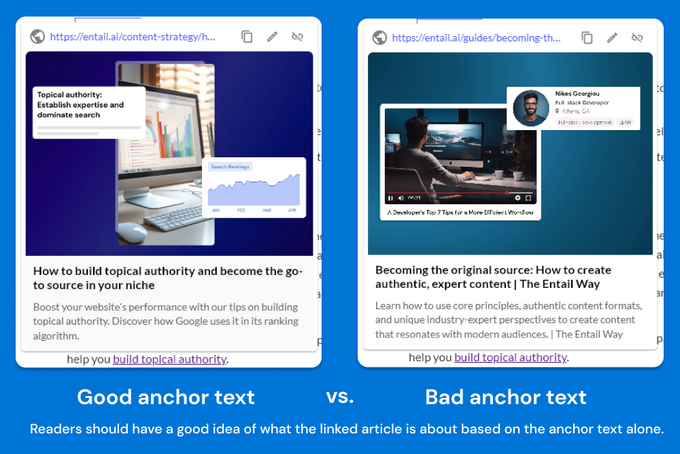Internal linking: Expert strategies to improve SEO rankings
Learn how a solid internal linking strategy can improve SEO, build topical authority, and elevate your site's user experience.
Updated June 13, 2024
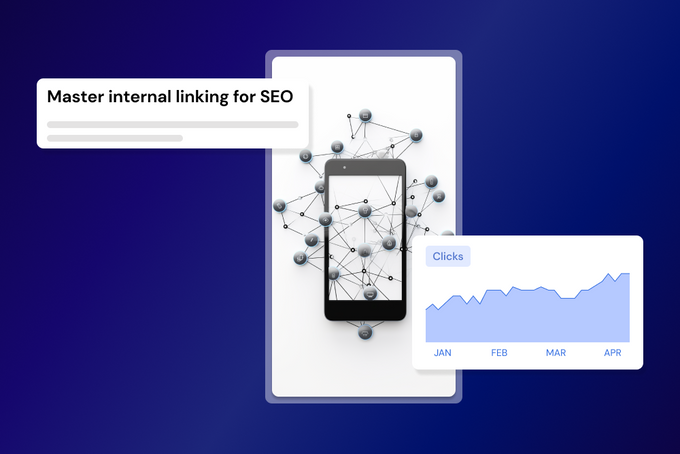
You understand the value of having a strong online presence to get seen by potential customers. One way to improve your standing against the competition is to create a robust internal linking strategy. Internal links are essential tools for getting users around your site. These links guide the user journey and are a key measuring tool for Google's rankings on the search engine results pages.
Getting your site's internal linking strategy up to par and beyond is necessary to rank and help you build topical authority.
What's in this guide
- What are internal links?
- Types of internal links
- The importance of internal linking for SEO
- Key benefits of internal linking
- 6 step internal linking strategy
What are internal links?
There are two primary types of links:
- Internal links: Connect pages within the same website.
- External links: Connect your website to other websites.
Every link acts like a recommendation. The quality and number of these recommendations significantly impact your website's reputation and ranking in search engine results.
» Compare SEO vs. paid search to find the best strategy for you.
Types of internal links
Navigational links
Navigational links allow users to easily move between a website's main pages or sections. Proper navigational links additionally show search engines the most important pages to index for your website.
Footer links
Footer links are placed at the very bottom of a web page in the footer section. Links here could be legal information, contact pages, and social links. Including relevant footer links improves user experience and site coherence by providing supplemental navigation and access points in a consistent footer section across all pages.
Sidebar links
Sidebar links refer to hyperlinks that are placed in the sidebar section of a web page. They can be used to increase pageviews and time on site by suggesting related content. These links also enable easy content navigation and exploration.
Contextual links
Contextual links are hyperlinks embedded within body copy that connect relevant supplementary content for the reader. Placed naturally within the flow of the discussion, contextual anchor text and linked pages correlate to the context of the topic.
» Here's how you can keep up with Google's AI-powered Search.
The importance of internal linking for SEO
Search engine algorithms aren't innately 'smart'; they simply scan for certain indicators. When these algorithms crawl a website, they detect basic signals like links between content, content quality, anchor text, and the site's overall authority. They then use these basic signals to understand and categorize your content.
By developing your site's internal link structure, you signal to search engines to pay attention to your site and, in so doing, improve SEO. At the same time, you can help your users achieve specific goals simply by leading them through your conversion funnel.
» Find out why your pages are crawled - currently not indexed and how to fix it.
Key benefits of internal linking
We've mentioned that internal linking directly affects SEO, but let's look at three key aspects that are improved by using a good internal linking strategy.
- Enhanced page authority: High-quality internal links signal to Google that a webpage is important, increasing its authority.
- Better rankings: Internal links help Google comprehend the context and content of each page, improving its ability to rank pages accurately.
- Improved user experience: Effective internal linking improves user navigation, guiding them through relevant content and supporting the customer journey through the conversion funnel.
6 step internal linking strategy
To reap the benefits of internal linking, you can follow our step-by-step process to develop a strategy that works to get you ranked.
1. Perform a website audit
Start by thoroughly reviewing all of your current web pages and identifying the high-value ones—those that generate significant traffic or are important for conversions. Analyze your Google Analytics data to see which pages visitors are accessing most.
Determine which pages and content align closely with your core products and services. These pages will need the most attention since they directly impact your business's bottom line.
Constantly evaluate pages that could benefit from more visibility and authority. For example, blog posts that cover topics related to your industry but don't rank well yet may have potential.
2. Categorize your content
Topic clustering helps unify your content. Grouping related articles and pages helps visitors to find information easily. It also improves the ability to rank for keywords within those content clusters. Identify natural connections in existing content to form clusters and supplement gaps with new pages supporting each cluster.
Create pillar pages for top-level clusters as needed. These pages offer an overview of a core topic in your niche. They contain useful information related to a theme that multiple other pages will connect back to through links. The goal is for search engines and visitors to view your pillar page as the place to go for information on each topic cluster.
» Optimize the bottom of your marketing funnel for increased conversions.
3. Plan your links
Conduct a relevance analysis on your internal links. Every embedded link should connect users to helpful supplemental or related information. Avoid force-fitting links just to build internal link juice. Choose anchor text wisely using keywords where logical but don’t over-optimize. Varied contextual anchors signal relevancy to search engines.
Carefully balance link volume for good user experience and SEO. Too few links fail to capitalize on opportunities to guide visitors and search crawlers, and too many become distracting or seem manipulative. Always align your internal linking strategy with your visitors' needs and behaviors. Thoughtfully placed contextual links drive better navigation, longer time on site, and search rankings by demonstrating relevance.
Pro tip
User experience comes first, but as a rule of thumb, you can aim for about one link per 100 words.
Keep in mind that your strategy needs to match where you're at with your website. New and established websites need different approaches because the amount of content differs.
- New websites: For new websites with limited content, focus on building a solid base of high-quality, expert content. As you publish new articles, retrospectively add links to these from existing content.
- Established websites: Conduct a thorough audit to identify and leverage internal linking opportunities for websites with substantial content. Prioritize linking from high-traffic pages to pages that require more visibility.
4. Implement your linking plan
Begin adding your internal links to new and existing pages, and prioritize high-authority pages like popular blog posts or pillar pages. Link to complementary articles or resources readers may find useful and to related posts that need more visibility. This builds authority, signals relevance between connected articles, and drives traffic to help strengthen pages.
The anchor text you use should accurately describe the linked page's content. This ensures that Google and your visitors have a better time understanding and navigating your site.
Remember to keep updating older articles with links to new content to maintain relevance, improve user experience, and boost SEO.
5. Monitor and adjust
SEO is an ongoing process. As your site and content expand, continue refining your internal links accordingly.
- Keep a consistent eye on Google Search Console
- Optimize pages if click-through rates decline over time
- Fix or remove broken links immediately
- Add fresh links to new content
6. Manage website links
It's important to regularly review and optimize your content. Check links between pages periodically to confirm they still connect users to supplemental information that enhances the main content. It's also beneficial to assess whether the informational hierarchy makes sense or needs restructuring through updated page interlinking.
» Keep better track of your links with our content management system.
Master internal linking for better SEO
Effective internal linking is a dynamic and ongoing process. It requires regular audits, updates, and a strategic approach tailored to your website's content and audience needs.
When your linking strategy is carefully crafted and optimized well, you can significantly enhance your website's SEO and user experience.

